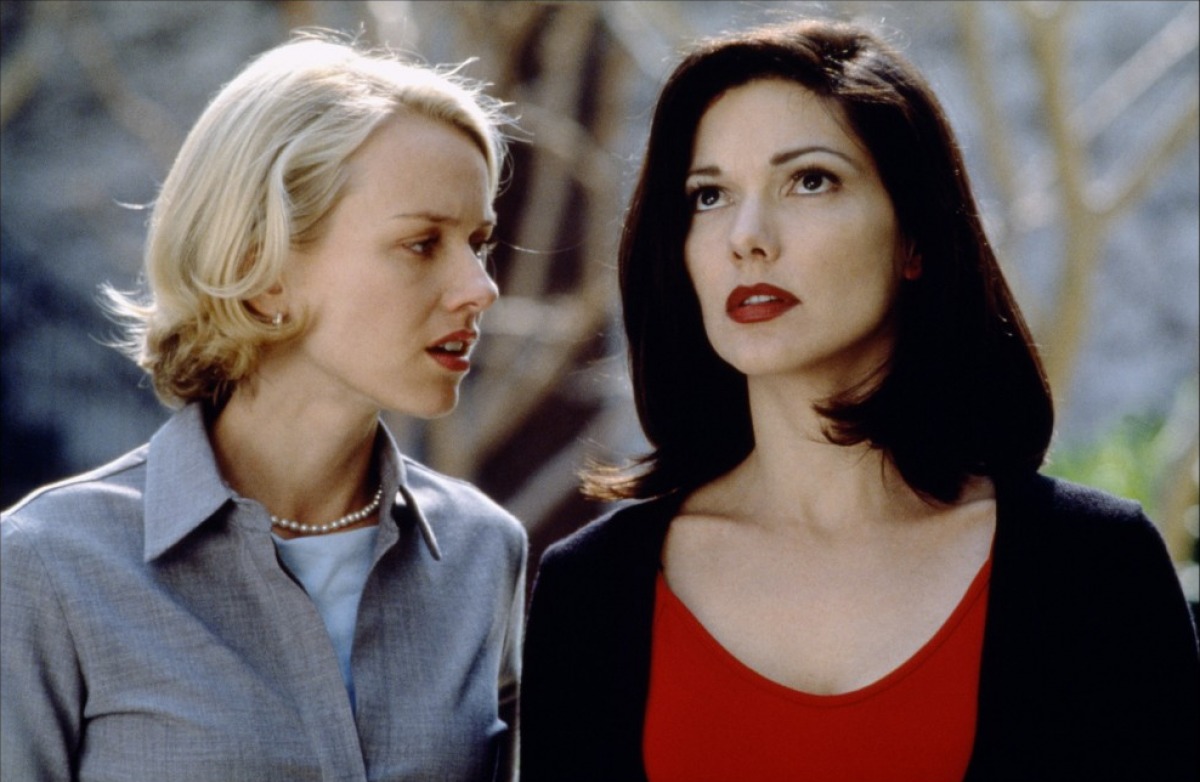
What defines our identity? What separates us from other people? What makes the relationship between two women unique, and how do women relate their identity to other women? Many films been built upon these questions and themes, but only a small handful have gone all the way to tell stories about female identity that involve a deeper connection between women and the intertwining of identity.
Some of these films explore the jealousy women may feel towards each other in friendships, especially where the women have similar pursuits. Others look at the influence of appearance and the physical body. Few even consider the sexual attraction that can go hand-in-hand with the longing to be someone else. The following films study female identity in a surreal and complex way; some are terrifying and some are hilarious, but they’re all worth watching.
1. Mulholland Drive (2001)
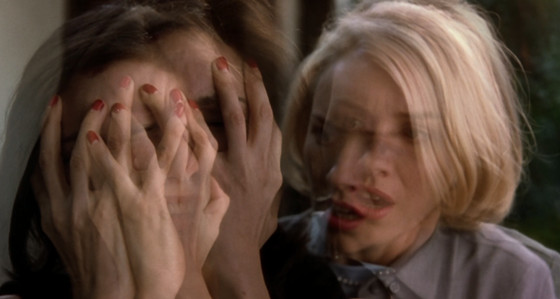
In David Lynch’s surreal 2001 psychological thriller, the lives of two women collide in Hollywood. Betty is a hopeful actress, who just arrived in LA; the other woman (who goes by Rita) has forgotten her identity after experiencing a car accident on Mulholland Drive. They set out on a journey so suspenseful and exciting; it is easy to forget that one of the first shots of the film is falling into a pillow, asleep.
In the attempt to learn more about Rita, the two grow closer until a series of strange events happen that flip everything on its head. It turns out that no one might be who we thought they were – and perhaps, that someone was pretending to be someone else. David Lynch is famous for not elaborating on the meaning of any of his films, so we are left to our own devices to decipher who is pretending to be who. The one thing we know for sure is that, in Hollywood, everyone is trying to be someone else.
The film features an iconic shot of the two women standing next to each other in a mirror. Rita has put on a wig to disguise herself, and suddenly, for a moment, she looks eerily like Betty. It mimics a famous shot from another film on this list, Ingmar Bergman’s “Persona”, where two women who grow close also experience an intertwining of their identities. Both films also explore the possibility of sexuality being involved in the longing to be someone else. This film may be a challenge for some, but a challenge that you will want to return to again and again: every performance is shocking, the cinematography will keep you on the edge of your seat, and everything together feels like a long, beautiful dream.
2. 3 Women (1977)
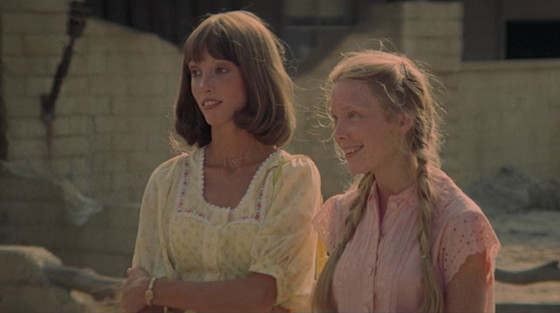
It is no secret or spoiler that Robert Altman’s “3 Women” involves women taking on each other’s personalities, but Altman offers even less explanation than Lynch in the reasonings for these relationships. The film follows two women at first: Pinky, who just began working at a health spa in the desert, and Millie, who already works there and shows Pinky the ropes. Another major character is the owner of the spa Edgar, who has a pregnant wife named Willie. Pinky, Millie, and Willie. After the first two women experience strains on their friendship and an accident happens, Pinky begins acting like Millie, and Millie takes on Pinky’s previous role. As time goes on, these acts evolve to include Willie – dialogue suggests that they seem to have formed an unbreakable bond together.
Robert Altman’s idea for this film came from a dream he had, and that is clear in the visual language of the film. It features bizarre paintings created by Willie and many references to wombs and femininity. Altman also cited “Persona” as an inspiration for “3 Women” – the structure is noticeably similar and the relationship between Pinky and Millie reflects that of the two women in Bergman’s film. There is a larger emphasis on gender roles in this film which sets it apart from other films on this list.
3. Eyes Without a Face (1960)
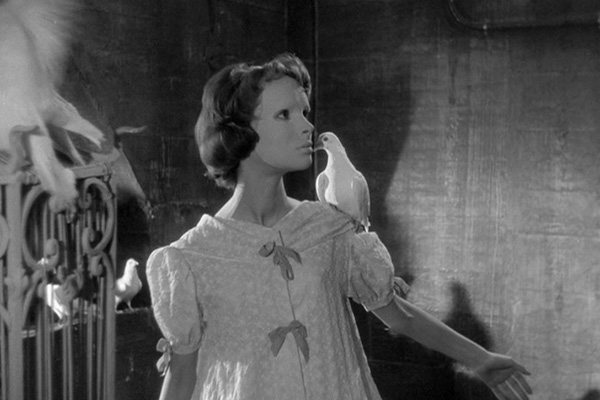
Georges Franju’s French mad-scientist horror flick, adapted from the novel of the same name, is possibly the most literal interpretation of the theme “women becoming each other”. It begins with the dumping of a corpse, which a prominent doctor identifies as his daughter, Christiane. But as it’s quickly revealed, Christiane is still alive and well (or at least, as well as one can be in her situation), and the corpse was that of another woman that the prominent Dr. Génessier had attempted to perform surgery on. The surgery? A removal of her face, which was then meant to be given to his daughter Christiane, whose current face is badly deformed from a car accident.
Christiane wears an eerie face-like mask throughout the film to conceal the damage, but her eyes reveal a deep sadness and guilt. The doctor attempts the same surgery on another girl who is brought in by his assistant Louise, who has successfully received a new face from the doctor. The surgery works for a short amount of time, but Christiane’s flesh is rejecting the new tissue, and it must be attempted again. The more they try to perfect it, the more they risk being discovered.
This film focuses on identity as related to the body. When Christiane has the face of another women, how will that change her? That is not a question we will ever had answered, but the idea of it is enough to keep you intrigued. Aside from these themes, the film introduces a very subdued feeling of horror that sets it apart from other horror films to come before it. In fact, it was one of the first French films to take on the genre, and due to a lot of censorship requirements, it was forced to get creative when building suspense and fear.
4. Black Swan (2010)
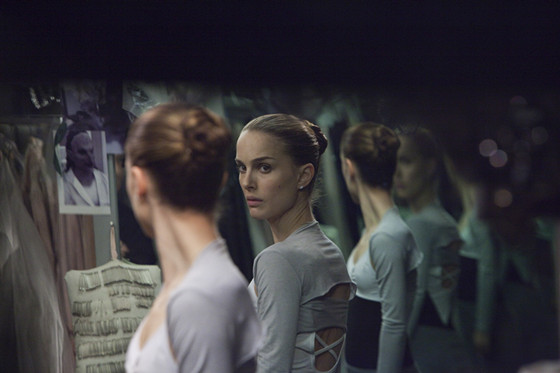
The most hallucinatory film on this list, Darren Aronofsky’s dance horror flick dives deep into the mind of the “tortured artist”. A naive and high-strung ballerina at a New York dance company is offered the dual roles of the white and black swan in the upcoming production of Swan Lake, despite her difficulty connecting with the darker side of the role. Lily, a new dancer to the company, is used as an example of how Nina should perform – Nina perceives this as a threat to her role. At the peak of Nina’s stress and anxiety about the role, Lily invites Nina to get drinks and subsequently spikes Nina’s drink with ecstasy. Finally, Nina relaxes and has some fun, but the next day, she is left unsure about what really happened. What comes next is a series of hallucinations, backstabbing, violence, and finally: the opening night. A perfect performance, but at what cost?
Nina is fueled by her jealousy of Lily – how everyone seems to like her, how good she is at playing Nina’s role. This, combined with MDMA, briefly leads to a sexual attraction, and when that goes awry, a violent hatred replaces it. In one of these hallucinatory rages, Lily turns into Nina, and Nina fights herself, perhaps embodying Lily in her mind. She has a newfound confidence and uninhibitedness but what is real is ultimately not clear. The film has a knack for making you question what’s real and what’s not and is excellent at building up the tension up until the final moments.
5. Always Shine (2016)

Two friends, both actors, isolated in a forest together. Yet another take on toxic female rivalry. Both Beth and Anna are having a difficult time with their acting careers, but Beth has started to break through recently, and is even recognized on their way to Big Sur. It is not that Anna is a bad actress, people just seem to take a liking to her more easily. As tensions reach a high, it is revealed that Beth has been intentionally sabotaging Anna’s career. Anna wakes up the next morning and begins to dress and act like Beth. She goes through the day having success in flirting and meeting people, but flashbacks of the night before begin to haunt her.
The film takes notes from “Black Swan”, “Persona”, even “Mulholland Drive”, and it is clear from the first few minutes what is going to happen. These women already look eerily alike, and not much effort is needed to begin to confuse the one for the other. This intertwining of identities is based mainly on jealousy, hatred, and the closeness of the women’s relationship. As a more modern take on the theme of female identity, the film is refreshing, even if it uses a lot of common and reliable tropes.